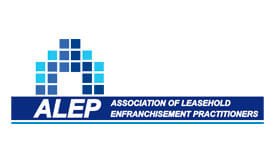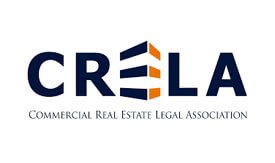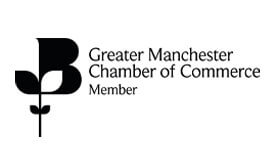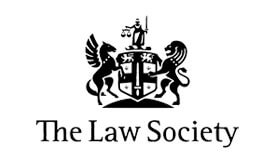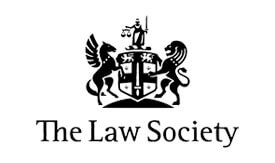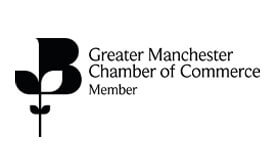This is a short guide regarding mergers and acquisitions. The guide explains the difference between the two terms along with what they actually mean, the reasons for and the differences between the different types of M&A.
What actually is M&A? along with the difference between
M&A stands for mergers and acquisitions. The two words are very interchangeable and can be confused with one another. They both involve businesses joining together in a way or form. Although both terms are frequently used together, there are differences between the two. This is set out below.
What is a merger?
The term ‘merger’ means a combination of two things, into one. In the commercial world, this is when two different company entities join together to join one company formed from both of the businesses. It usually required both of the companies to be of the same or similar size and to be equal.
What is an acquisition?
The terms ‘acquisition’ means an asset or object bought or obtained. Most deals that are referred to as an M&A are in fact acquisitions. Commercially, this is when one company buys another. The company that is being acquired shares cease to exist when the deal in complete. Whereas the buyers’ shares continue as normal. Acquisitions don’t necessarily include entire businesses and on some occasions can only be assets of a company.
What are the reasons for M&A?
There are multiple reasons why companies would seek to merge or acquire other businesses. One reason included growth of a business or used as a defensive move to stop growth of competitors. Some companies decide to pursue M&As to take advantage of a target’s weakness. An example of this would be a slump in share prices or rough periods of trading, because they see an opportunity to buy an asset on the cheap even though its long-term prospects remain strong.
What are the different types of M&A?
- Horizontal – When one company acquires or merges with another direct competitor.
- Vertical – When a company acquires or merges with a company that operates in a different part of the same supply chain.
- Market Extension – When a company acquires or merges with another company that sells the same product or service buy in a different geographical market.
- Product Extension – When a company acquires or merges with another that sells different products but to the same customers.
- Conglomerate – When two companies merge that each operate completely different and unrelated businesses. This is when as group of diverse companies operating under one umbrella buy a business that offers something unrelated to what it currently does.
Monarch Solicitors specialist Mergers & Acquisitions Solicitors provide a tailor-made approach to your needs and give professional, practical and cost-effective advice to your intended proceedings. Please contact us by either calling 0330 127 8888 or emailing enquiries@monarchsolicitors.com for an initial consultation.

